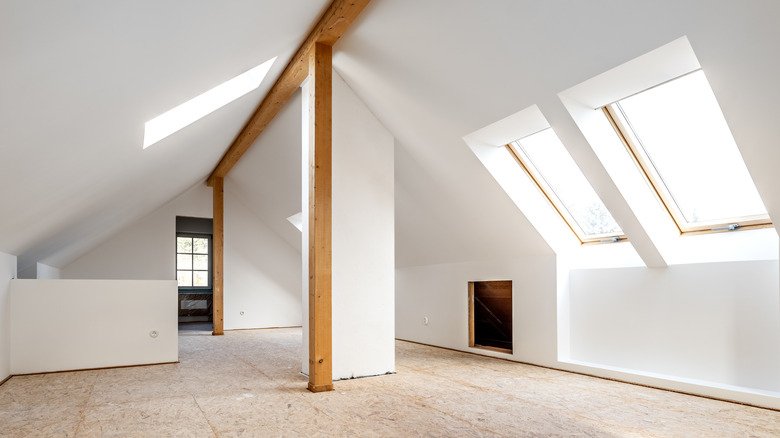Ensuring that your home is free from pests is crucial for maintaining a healthy and safe living environment. Attics, in particular, can be a breeding ground for various pests if not properly maintained. In this article, we will provide you with comprehensive attic pest prevention tips to help you keep your attic pest-free.

Understanding the Importance of Attic Pest Prevention
An attic is often an overlooked part of the house when it comes to regular maintenance. However, it is vital to understand the importance of keeping this space free from pests. Pests can cause significant damage to your home, including structural damage and health risks from droppings and nests. By focusing on attic pest prevention, you can protect your home and family.
Common Pests Found in Attics
Before diving into prevention tips, it’s essential to know which pests you might encounter in your attic. Common attic pests include:
- Rats and mice
- Squirrels
- Bats
- Raccoons
- Birds
- Insects like termites and ants
Signs of a Pest Infestation in Your Attic
Early detection of pests is key to effective prevention. Look for these signs of infestation:
- Droppings or urine stains
- Chewed insulation or wires
- Nests or burrows
- Unusual noises, especially at night
- Foul odors
Essential Attic Pest Prevention Tips
Seal Entry Points
Start by inspecting your attic for any entry points. Seal holes and cracks with caulk or weatherstripping to prevent pests from entering. Pay special attention to vents, chimneys, and roof edges.
Maintain Cleanliness
A clean attic is less attractive to pests. Regularly clean and declutter your attic to eliminate nesting materials and food sources. Store items in sealed plastic containers instead of cardboard boxes.
Proper Ventilation
Ensure your attic is well-ventilated to prevent moisture buildup, which can attract pests like termites. Consider using a dehumidifier to maintain optimal humidity levels.
Install Screens
Install screens on attic vents and chimneys to keep pests out while allowing proper airflow. Regularly check screens for damage and repair them as needed.
Use Natural Repellents
Consider using natural repellents like peppermint oil or vinegar to deter pests. Soak cotton balls in these substances and place them strategically around your attic.
Regular Inspections
Schedule regular inspections of your attic to catch any pest issues early. This proactive approach can save you time and money in the long run.
Professional Pest Control Services
If you suspect a severe pest problem, it’s best to consult with a professional pest control service. They can assess the situation and provide effective solutions to eliminate pests from your attic.
Safety Measures for Handling Pests
If you decide to handle attic pests on your own, follow these safety measures:
- Wear protective clothing, gloves, and masks
- Use safe, eco-friendly pest control products
- Follow instructions carefully when using traps or repellents
Maintaining a Pest-Free Attic
Maintaining a pest-free attic requires ongoing effort. Regular cleaning, inspections, and preventive measures will help you keep pests at bay. Stay vigilant and address any signs of pest activity promptly.
Additional Resources
For more information on maintaining a pest-free attic, visit this attic renovation ideas page for insights on how to optimize your attic space.
Additionally, explore the passive house design practices that can help you create a more energy-efficient and pest-resistant home.

FAQ About Attic Pest Prevention
What attracts pests to my attic?
Pests are attracted to attics due to the warmth, shelter, and potential food sources. Clutter and moisture can also make attics more appealing to pests.
How often should I inspect my attic for pests?
It’s recommended to inspect your attic for pests at least twice a year. Regular inspections can help you catch infestations early and prevent them from worsening.
Can I use DIY methods to get rid of attic pests?
Yes, DIY methods can be effective for minor pest issues. However, for severe infestations, it’s best to consult a professional pest control service to ensure safe and thorough removal.
This article contains affiliate links. We may earn a commission at no extra cost to you.




